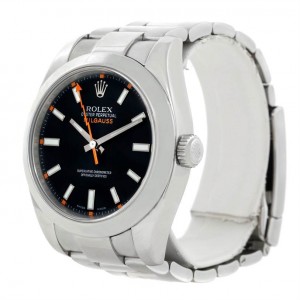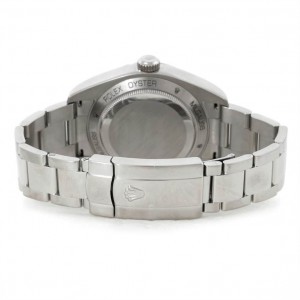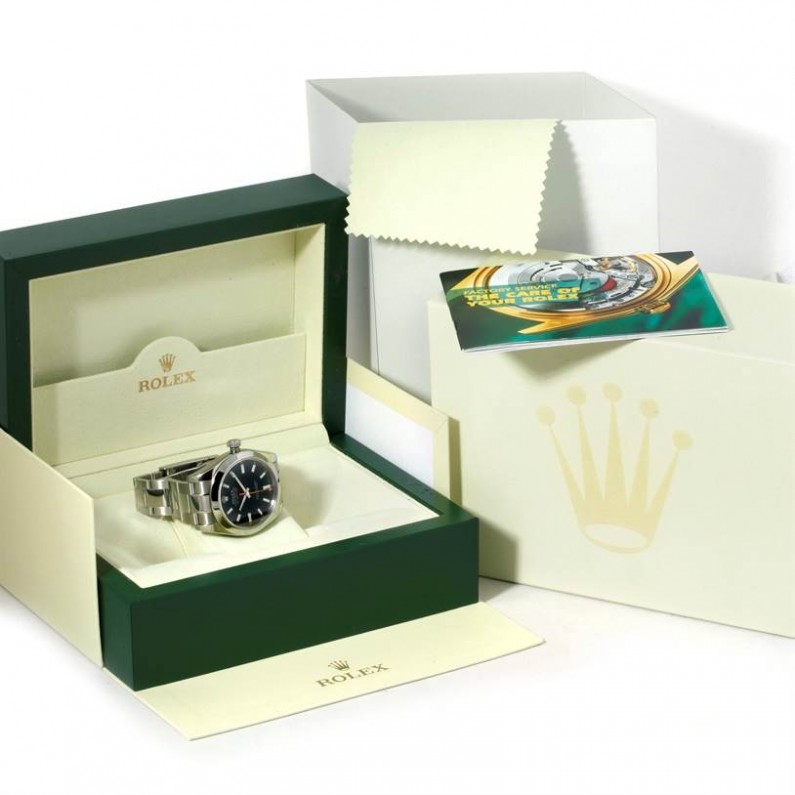General Introduction of Patek Philippe Nautilus History
The Nautilus model appeared in the Patek Philippe Manufacture in the 70s and quickly became one of the flagship and legendary watches of the prestigious brand. 

This model was born from the ingenuity of legendary designer Gerald Genta, creator of another iconic Audemars Piguet luxury watch: the Royal Oak. In this case the Nautilus was not just seeking a revolution in design but to adapt to the market.
As it began to change, it became increasingly common for the greats who made their own high-end watches to not only participate in social events but also to be avid practitioners of the sport, and it was a challenge to try to combine these two worlds.
Patek Philippe has taken a step in the most unintended direction. For years, the watchmaker has opted for precious metals; however, this has meant sacrificing the durability of the best replica watches and, in some cases, their water resistance, which is usually limited to 3 bar at this last point, i.e., to withstand humidity or some splashing of water.
Thus, the Nautilus emerged as a watch forged in stainless steel, even replacing the material of the leather strap with metal; one could argue that Patek Philippe would not have dared to take such a subversive step without the AP Royal Oak.
However, with the choice of stainless steel, the Nautilus risks being compared to the Royal Oak, so they needed to innovate without departing from their origins, but at the same time, change the market, probably, and that was the main factor to draw on. Gerald Genta.
The first Nautilus had a case 42 mm in diameter and 7.60 mm thick, the largest ever conceived, and a thicker bezel that maintained the great readability of the numbers; however, still missing a step that distinguished itself from your inspiration.
Another simple but effective detail that makes this model stand out is the absence of the word “automatic” under its dial, which some say Patek Philippe considers an insult to remind the wearer of their copy watches of the quality of the pieces they carry.
